There seems to be something of a mystery around smoking and curing foods, an ancient skill around since before the ancient Egyptians but now only seemingly practised by either niche artisan producers or large commercial enterprises.
Just to clarify - there's hot smoking which involves cooking your food directly with heat whilst infusing smoke for both flavour and providing some additional preservative properties and cold smoking which is an indirect method of preserving food which essentially remains raw.
I'm going to focus on hot-smoking as the kit, time and effort required is far less and results more instantly tasty. In just a few words I'll aim to show you just how simple this skill is and that, once learned, it becomes a "life skill" - applicable in so many situations from the kitchen to the woods or riverbank.. and with oh so many foods!
The first step is obviously to have caught, shot or bought something to smoke - there's not much that won't joyfully take on the savoury, salty tones - from duck, goose, sea trout, chicken, an otherwise boring turkey drumstick or even a shop bought steak or portion of pork belly (pork tenderloin is especially good).
Just to clarify - there's hot smoking which involves cooking your food directly with heat whilst infusing smoke for both flavour and providing some additional preservative properties and cold smoking which is an indirect method of preserving food which essentially remains raw.
I'm going to focus on hot-smoking as the kit, time and effort required is far less and results more instantly tasty. In just a few words I'll aim to show you just how simple this skill is and that, once learned, it becomes a "life skill" - applicable in so many situations from the kitchen to the woods or riverbank.. and with oh so many foods!
The first step is obviously to have caught, shot or bought something to smoke - there's not much that won't joyfully take on the savoury, salty tones - from duck, goose, sea trout, chicken, an otherwise boring turkey drumstick or even a shop bought steak or portion of pork belly (pork tenderloin is especially good).
| So where to start? Simply - make a "cure" mix. By curing your item you'll enable the smoke to penetrate and stick to the food. If you don't cure it there'll be the smoky smell but the taste just evaporates disappointingly in the mouth. Nothing complicated here - get a large kitchen bowl and empty into it a bag of pre-dried vacuum (PDV) or table salt. Add exactly the same amount of demerera sugar and mix thoroughly. Now you can also add additional flavour to this mix by adding crushed dried bay leaves, juniper berries, peppercorns... go wild and experiment but essentially this is your basic cure mix that'll keep forever in a sealed container and you'll only ever use a little at a time. So, make sure your object of smoky desire is thoroughly dry using a tea towel and sprinkle a non-metal tray or tupperware with a little of the mix. Add the item and then sprinkle some more mix on top ensuring you pack any spill over into the sides. You want to fridge the tray now for 15-18 mins for fish, longer for larger pieces of red meat e.g. venison. |
When the time is up take the tray out and rinse the cure off the item thoroughly and then, once again, pat it dry with a tea towel - you'll notice a change in texture and it should feel firmer from the moisture the cure has drawn out of it.
Now fire up your BBQ - almost any will do as long as it has a lid and preferably ventilation holes - the kettle-style made by companies such as Weber are perfect.
Now fire up your BBQ - almost any will do as long as it has a lid and preferably ventilation holes - the kettle-style made by companies such as Weber are perfect.
Get your coals nicely ashed over and soak some wood chips for 5 mins. Almost any fruit wood (pear, apple, cherry) or hard wood (particularly oak, beech, hickory or hazel) will do - I collect mine after chopping seasoned logs for the winter woodstore.
I'd also recommend picking some fresh herbs from the garden to suit your food - bay, tarragon, fennel etc. for fish or thyme, rosemary and/or sage for red meat - they'll add an additional boost of lovely oily smoke on top of the wood chips.
I'd also recommend picking some fresh herbs from the garden to suit your food - bay, tarragon, fennel etc. for fish or thyme, rosemary and/or sage for red meat - they'll add an additional boost of lovely oily smoke on top of the wood chips.
| You'll need a tray which could be a shop-bought aluminium one with holes (perfect) or as pictured a doubled up sheet of kitchen foil with the edges crimped up. Place the item on the tray, add the chips and then the herbs to the coals, cover with the lid and ensure there's some ventilation, but not too much - you want that smoke in there as long as possible but without losing the barbecue heat. You may need to shuffle the coals and chips once or twice to keep the smoke coming but essentially you're now only relying on your BBQ skills. For fish you want to achieve the rich golden colour of smoked mackerel - firm but moist. For red meat you'll need longer and cook to your preference but keep duck and goose rare, you can always finish off sensitive cuts like pork tenderloin in a pan rather than risk overdoing them on the 'cue. Again you'll be looking between 15 and 30 mins depending on what you're cooking and it'll need a good few minutes resting afterwards. For fish I can't think of anything better than freshly home-baked bread, salad from the garden with a light vinaigrette dressing... for meat, especially duck, slice rare and serve with a bitter endive and chicory salad with a fruity dressing. |
So there you have it, nothing too complex or taxing - just a short time in a simple cure mix and you evolve from average "BBQ Joe" to "Culinary Wizard". Perhaps take a pot of mix and a portable bbq the next time you go shooting or down to the beach with rod in hand... the possibilities are endless.
Happy smoking!
Jon
Happy smoking!
Jon
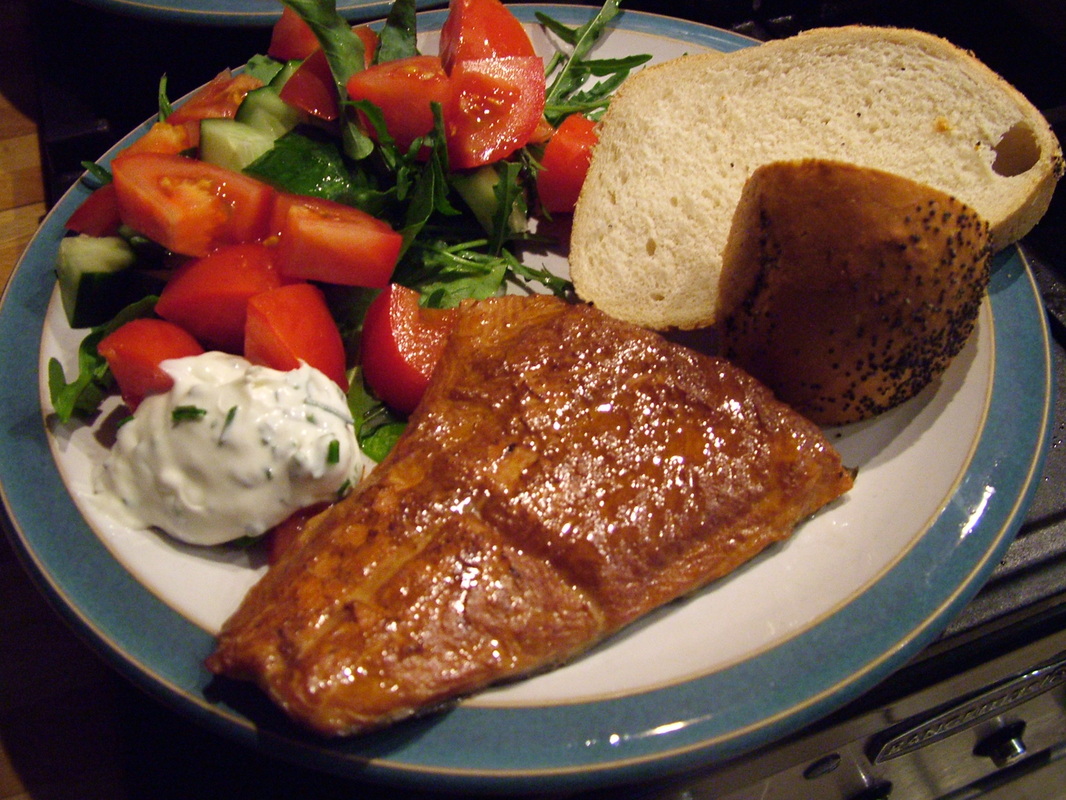
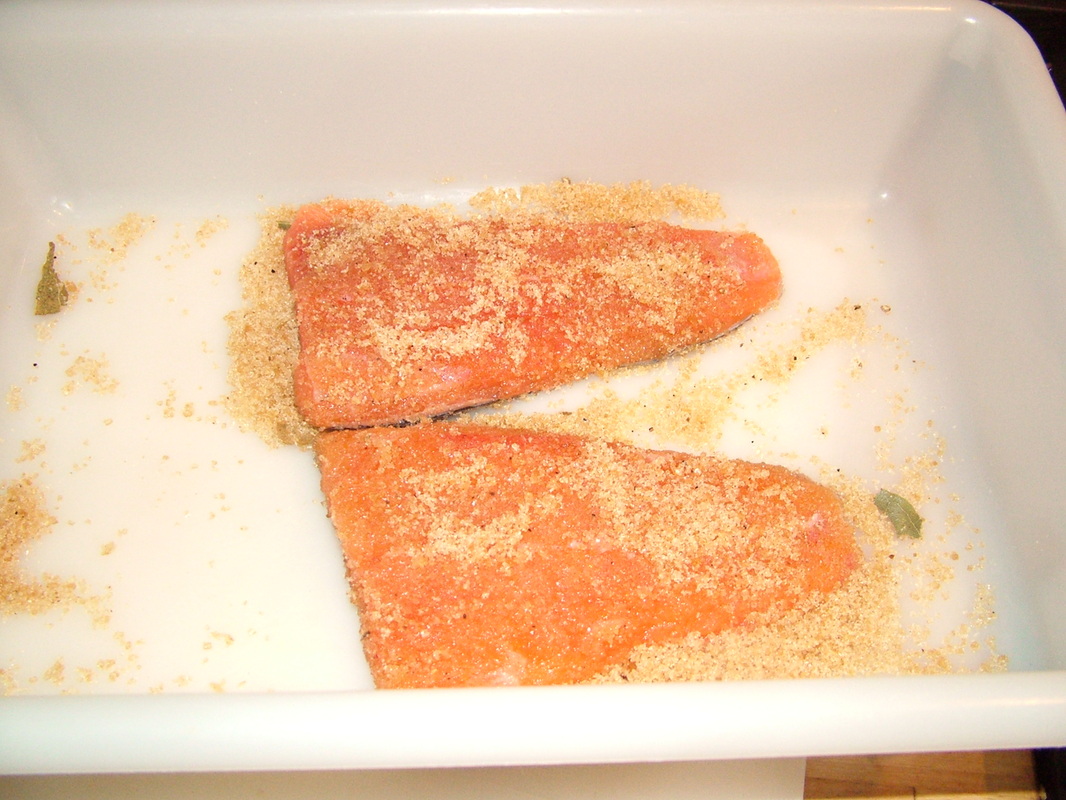
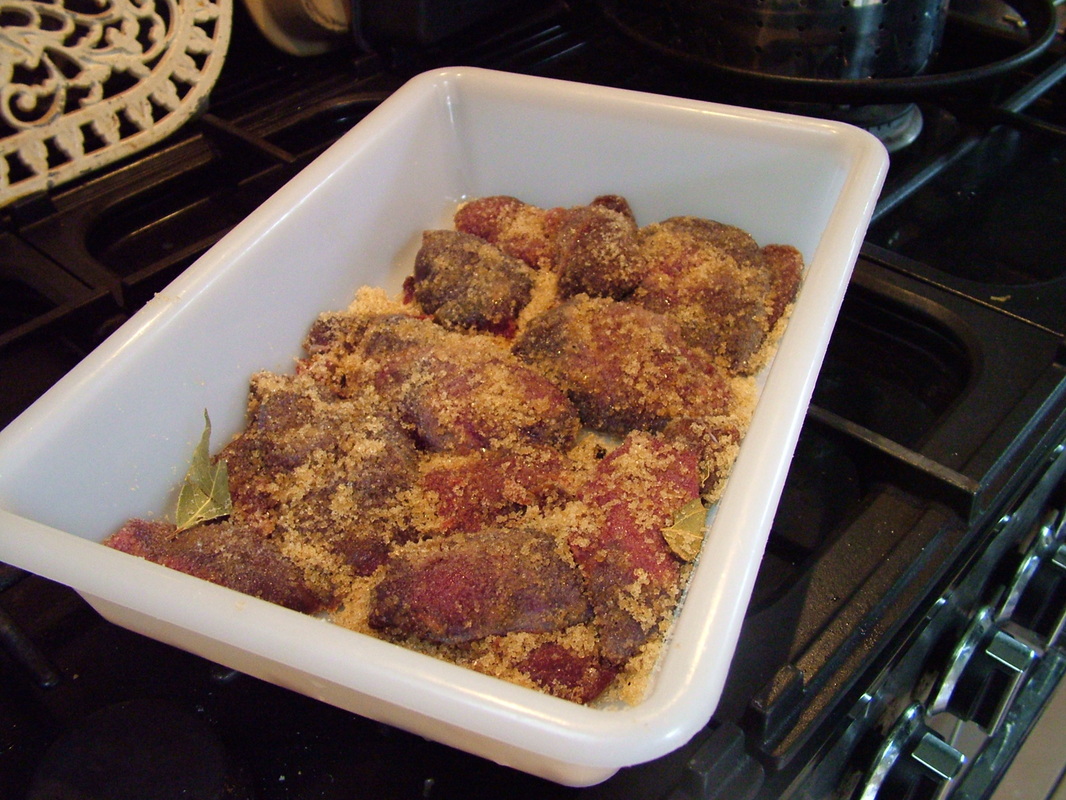
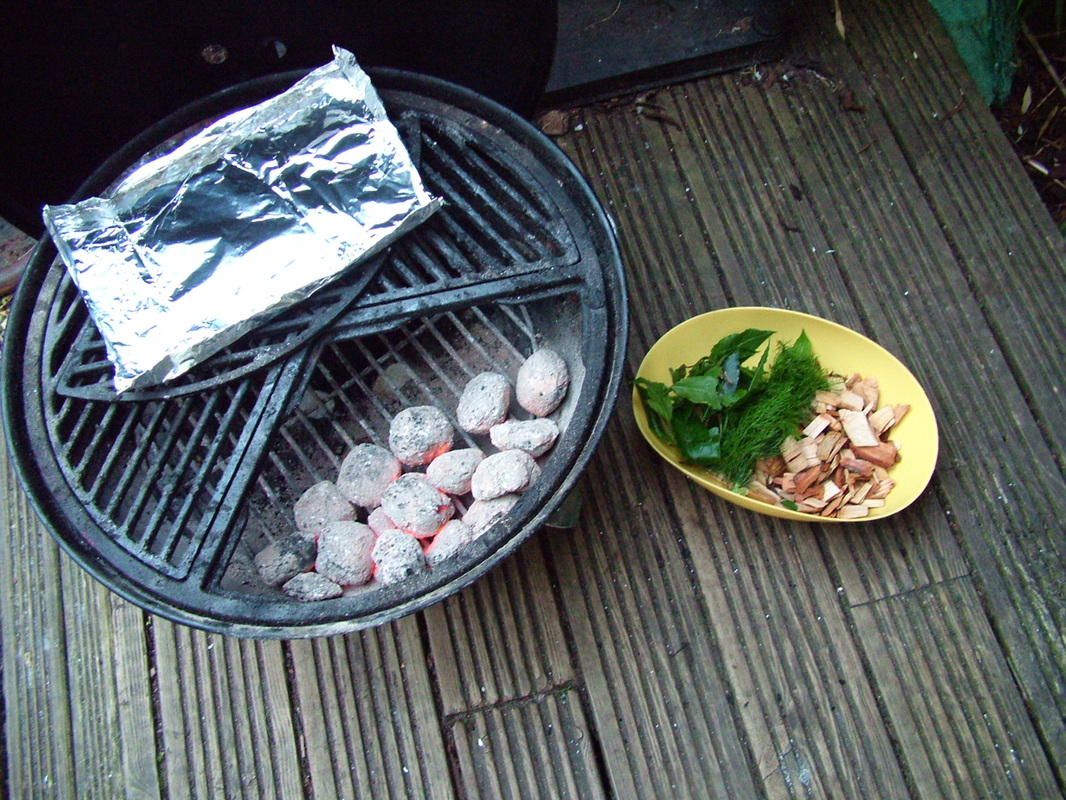
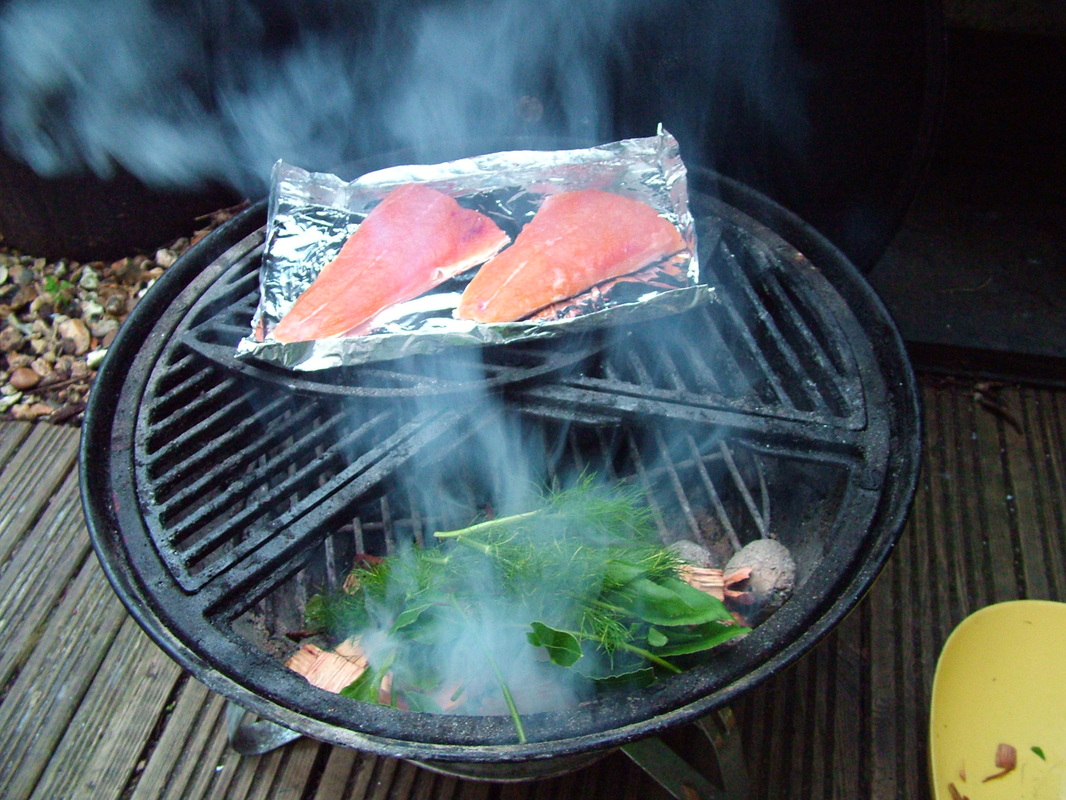
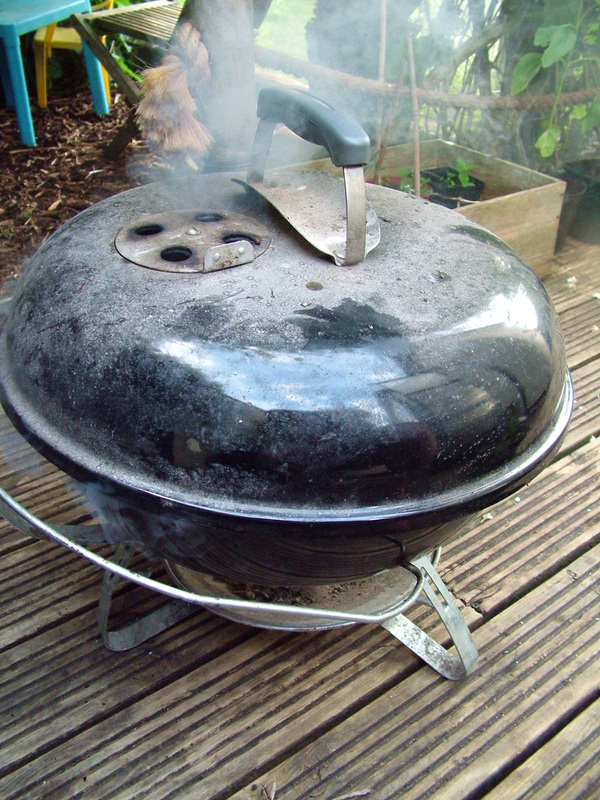
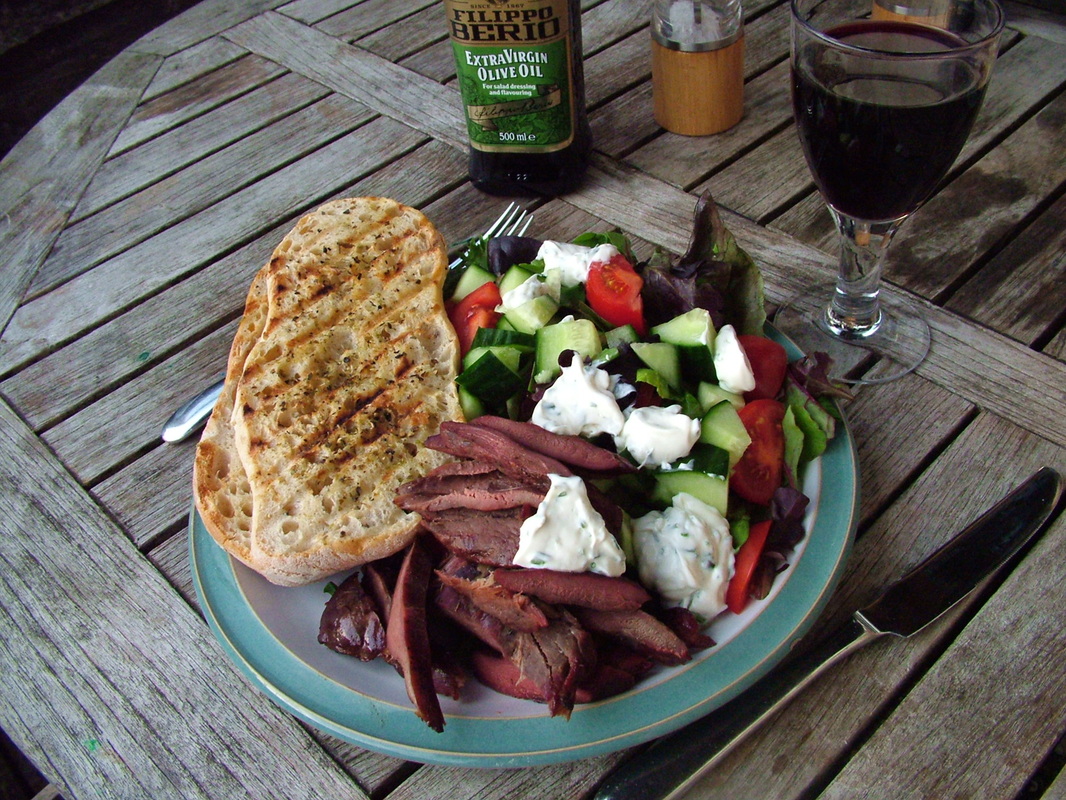
 RSS Feed
RSS Feed
